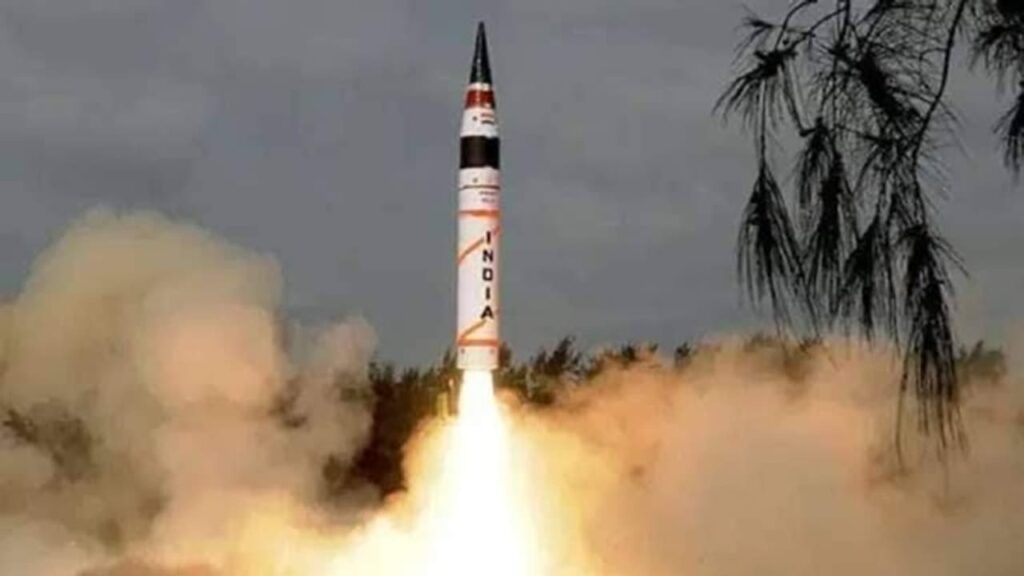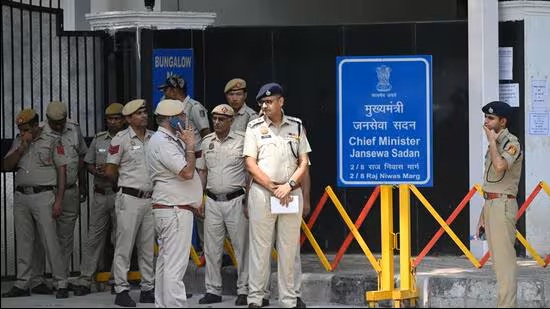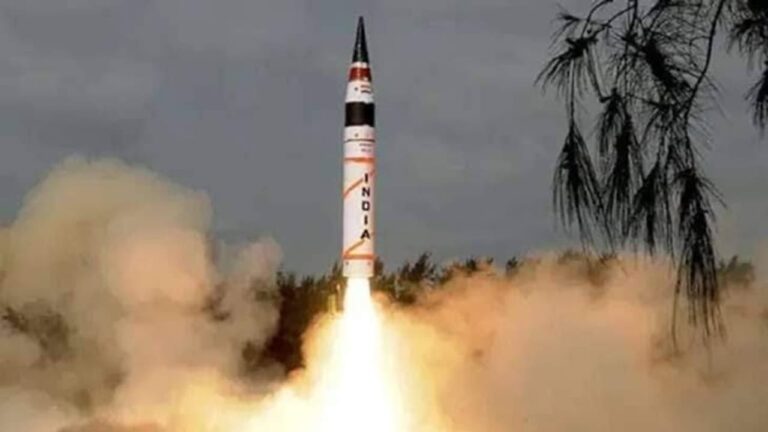
This test comes around three-and-a-half months after Operation Sindoor and follows the previous test of Agni-5 in March last year.
India successfully tested the Agni-5, an intermediate-range ballistic missile (IRBM) capable of striking targets up to 5,000 km away, demonstrating the country’s strategic military strength.
The defence ministry said the test-firing was carried out from the Integrated Test Range in Chandipur, Odisha, under the supervision of the Strategic Forces Command, and validated all operational and technical parameters.
The Agni-5 can cover almost the entire Asian continent, including northern China, as well as parts of Europe, making it a key component of India’s nuclear deterrence, PTI reported.
This test comes around three-and-a-half months after the military conflict with Pakistan and follows the previous test of Agni-5 in March last year.
India’s missile programme also includes the Agni series from Agni-1 to Agni-4, with ranges between 700 km and 3,500 km, all of which are already deployed.
Other recent tests include Prithvi-II and Agni-I, both nuclear-capable short-range ballistic missiles, and the newly developed tactical missile Pralay.
Prithvi-II has a range of 350 km with a payload of up to 500 kg, while Agni-I can cover 700–900 km carrying a 1,000 kg payload. Pralay is a short-range surface-to-surface missile capable of carrying conventional warheads weighing 500–1,000 kg.
Key features of Agni-5 and missile tests
- Type: Intermediate-Range Ballistic Missile (IRBM)
- Range: Up to 5,000 km
- Launch platform: Mobile launchers and Integrated Test Range
- Payload: Capable of carrying nuclear warheads
- Accuracy: High precision with advanced guidance systems
- Coverage: Almost the entire Asia, including northern China, and parts of Europe
- Propulsion: Three-stage solid-fuel rocket for enhanced mobility and readiness
- Strategic role: Key component of India’s nuclear deterrence




